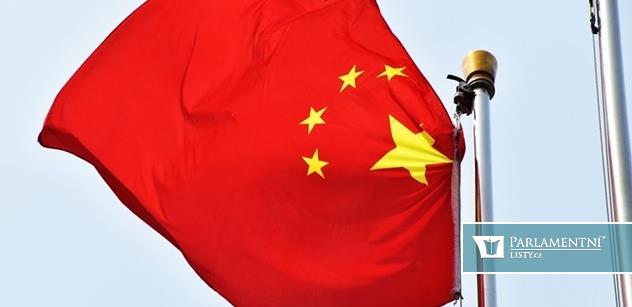China’s state-owned banks have this week swapped yuan for US dollars in the swap market and then sold those dollars in spot currency markets in an effort to kick-start the faltering economy. As a result, the Chinese national currency strengthened by 2% over the last week and is at the level of 7.13 per dollar. China also entered into a $7 billion swap deal with Saudi Arabia in an effort to curb global dollar trading. China has long sought to make the yuan a currency used in global trade transactions.
Pixabay
Description: China
Questionnaire
Did you enjoy this year’s November 17 celebrations?
voted: 4626 people
The Chinese yuan has gained 2% over the past week to stand at around 7.13 per dollar, its highest in nearly 4 months. Big state-owned banks have a stake in this, as they continued to sell dollars for yuan in spot currency markets this week.
Chinese banks are thus taking advantage of the broad weakening of the dollar from the last week. The dollar index , which measures the currency’s value against major trading partners, retreated more than 3% in November as U.S. yields succumbed to the culmination of the Federal Reserve’s tightening of monetary policy.
According to Reuters, state-owned banks in China seeks to accelerate yuan gains and encourage exporters to convert more of their foreign exchange earnings into yuan. The Chinese currency is still down more than 3% against the dollar this year.
The People’s Bank of China (PBOC) also cut the dollar’s daily fixed rate against the yuan this week. On Tuesday, it set the median at a three-and-a-half-month low of 7.1406 per dollar. “It’s surprising that the fix is still coming down at this rate. To me, it looks like they’re doing the ground work before cutting interest rates,” said Kiyong Seong, chief Asia macro strategist at Societe Generale, adding that banks are trying in the favorable times of the dollar crisis to strengthen the national currency more.
Photogallery: – Seminar on covid
All this in order to jump-start China’s withering economy, which is still the second largest economy in the world. Recent data shows that China’s economic recovery is only partially succeeding, with industrial production and retail sales showing growth in October, while manufacturing activity and consumer prices continued to fall. Thus, the Chinese economy still needs additional political stimuli for its revival.
China also struck a $7 billion currency swap deal with Saudi Arabia this week. The goal of this agreement is to reduce the volume of world trade that takes place in dollars. At the same time, China is trying to replace the dollar on the world trade throne with the yuan.
The three-year deal allows a maximum of 50 billion yuan or 26 billion riyals to be exchanged. Although this deal is relatively small, it has great symbolic importance, as Saudi Arabia is the world’s largest oil exporter and most of the world’s oil trade is done in dollars. A report from JPMorgan in September said that an increasing proportion of oil trading is done in currencies other than the dollar, as reported by market.bussinessinsider.com.
author: Jakub Makarovič
FactChecking BETA
A factual error in reporting? Help us fix it.
2023-11-21 13:11:00
#Weakening #dollar #China #working #Slowly



